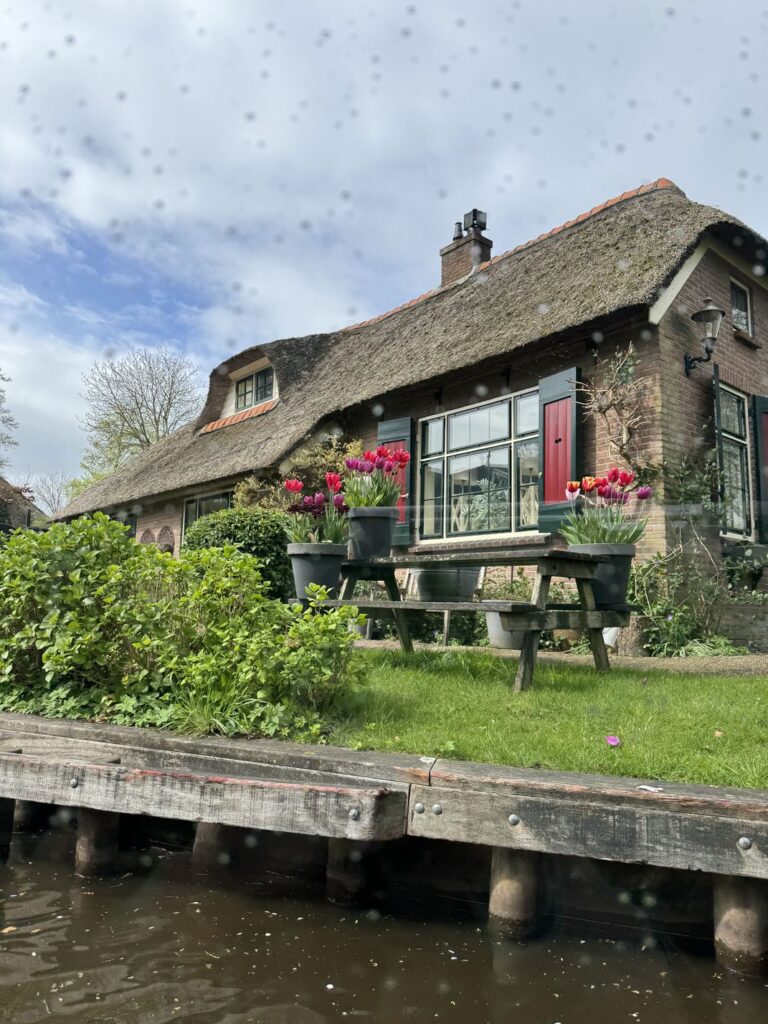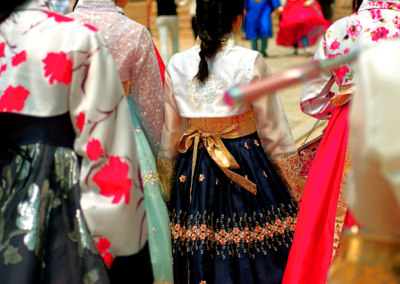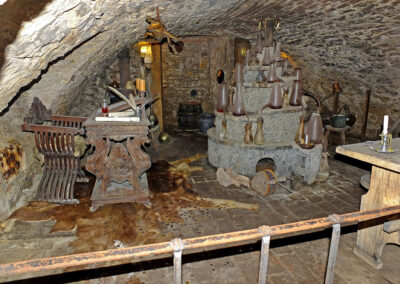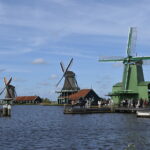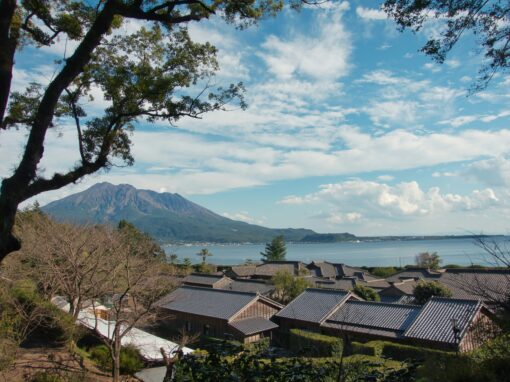Giethoorn is a village in the province of Overijssel, Netherlands, It is famous because there are no roads in the village and canals and boats are the main means of transportation.
The city is situated about five kilometres southwest of Sternwijk. It is known as the “Venice of the North” and the “Venice of the Netherlands”.
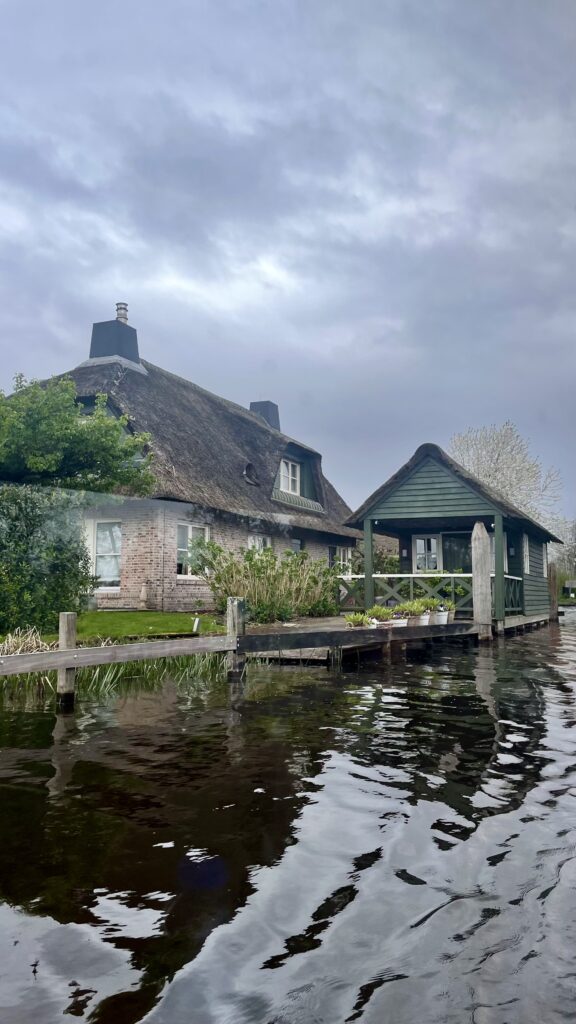
For hundreds of years, Giethoorn has retained its original appearance and lifestyle. The interlaced waterways, sloping wooden bridges and leisurely boats have become the most famous features here.
The name Giethoorn was first used in 1225. Later, people who built settlements here unearthed many sheep’s horns, so the area was named Geytenhorn, which evolved into Giethoorn due to the dialect. In Dutch, horn also means “a protruding land corner in the water”, which is also shown in Gethorne recorded in 1230.
Due to frequent flooding and limited access by land, Giethoorn has remained largely uninhabited. Though mentioned in records from the 13th century, it only burgeoned into a sizeable settlement when a community of Mennonites settled there in recent centuries.
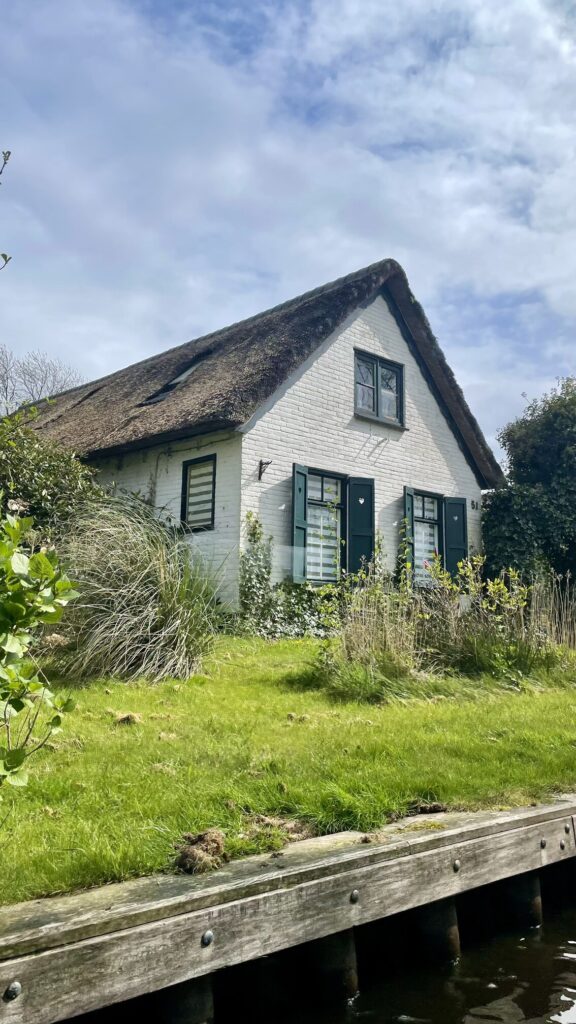
Originally home to a small population of believers, Giethoorn was once impoverished, relying mainly on livestock farming and peat trading. Its transformation into a tourist destination began with the arrival of painters in the 19th century and later, the filming of modern movies in the village.
Today, Giethoorn attracts a lot of tourists each summer, drawing attention and generating revenue as a prominent tourist spot.

During the early years, vast peat swamps dominated the landscape, leaving the soil lacking in nutrients. With reeds being the predominant and most-easily cultivated vegetation, locals ingeniously utilised them to weave roofs, providing insulation in winter, cool relief in the summer and effective protection against rain and sun.
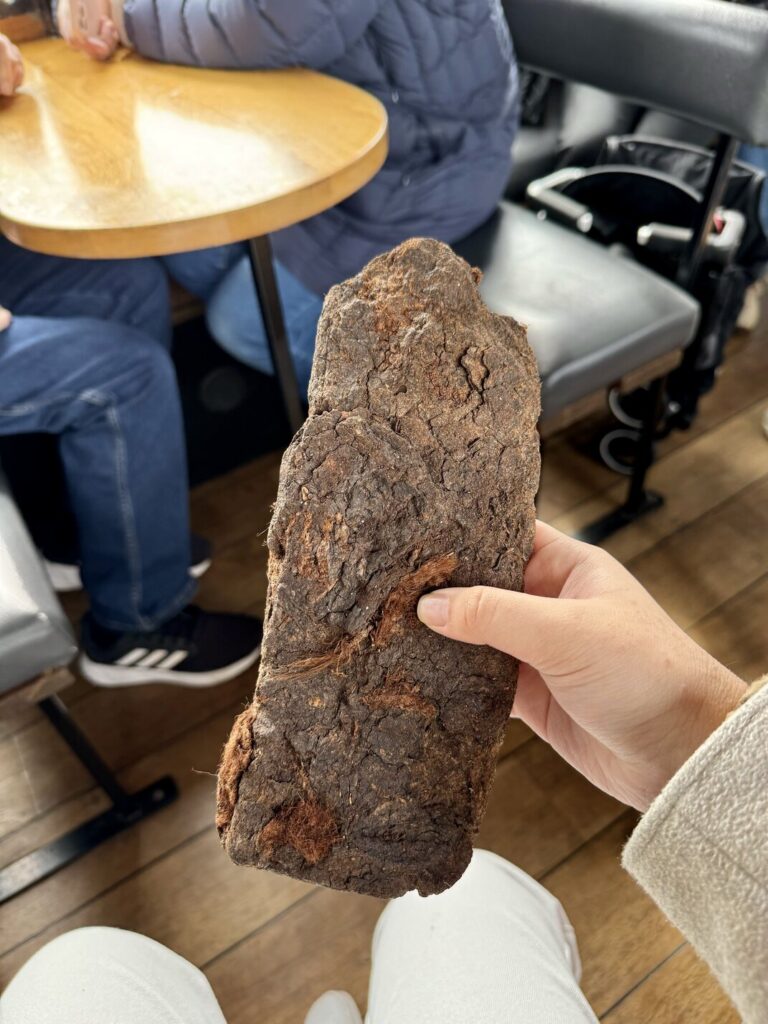
With peat being the primary resource found underground, residents excavated the land to access mud, leading to the creation of numerous narrow ditches. Over time, these ditches were widened to accommodate the passage of ships for transporting goods, resulting in the formation of a network of interconnected rivers crisscrossed by 170 wooden bridges.

The Ominee Hylkemaweg bus station is the busiest area of Giethoorn where Canal Street is located and most accommodation and restaurant spots are concentrated here. The bus stop Hollands Venetië serves as a rough boundary line.
To the north lies North Giethoorn, bustling with activity, boasting a concentration of restaurants and museums that draw crowds of people. In contrast, South Giethoorn to the south is notably quieter, primarily comprising tranquil residential neighbourhoods. While there are fewer dining options, those present align more closely with the serene ambience of the picturesque village.
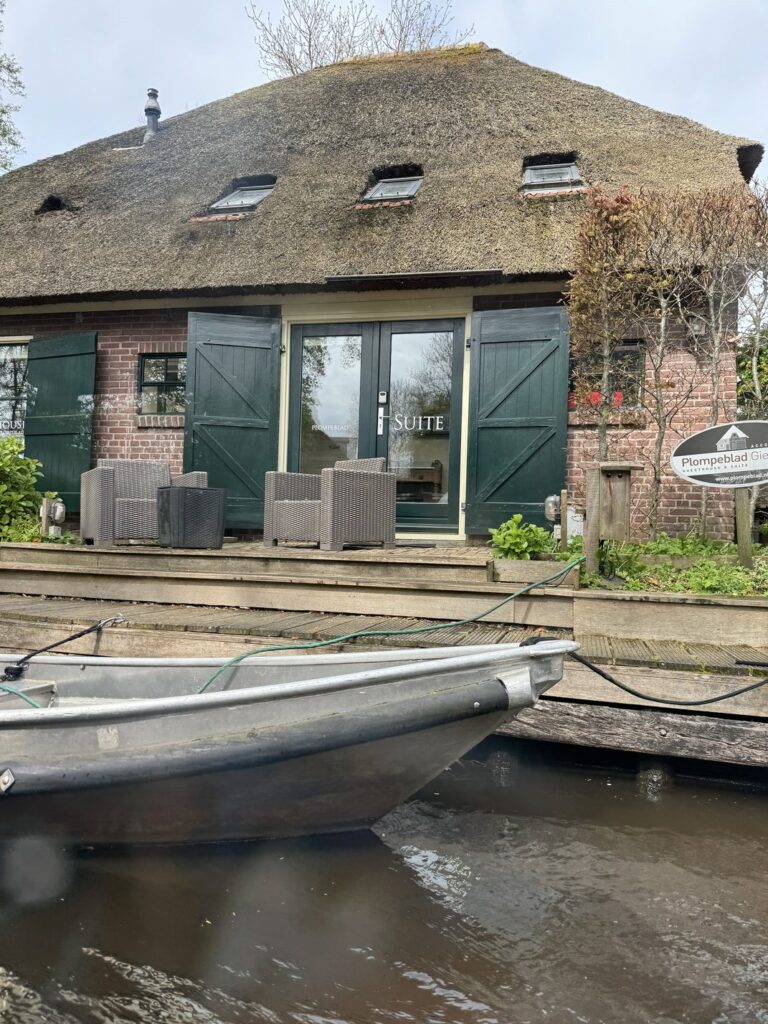
To get to Giethoorn:
- Most people will take the NS train to Steenwijk Station, and then transfer to bus 70 or 270. It takes about 10 minutes to get there.
- Bus 70 runs once an hour and bus 270 runs twice an hour.
- You can buy a one-day bus ticket to Giethoorn at Steenwijk Railway Station with unlimited rides.
- It is recommended to use the local app to check your route. It is very convenient to know in advance for the transportation timetable: moovit, 9292
